Crescents are called the fruit of wood, growing predominantly in southern latitudes from Central Asia to the Mediterranean. Its height can reach 10 meters. Sometimes called the bird cherry. This is due to the fact that its fruits are one of the most beloved bird delicas. Sometimes in nature you can meet a wild cherry in the forests. Today, even there are winter-hardy varieties of this tree, which can be cultivated in the middle strip.
Depending on the ripening time, the sweet cherry can be the earliest, middle and late. So, the early grade of cherry ripen already at the end of May. The ripe fruits of medium ripening cherries can be seen in June, and the fruits of late cherry ripen only in July. Next, we will tell you more about all available varieties of this culture.
Culture characteristics
Depending on the variety, fruits may have a different form and color. So, in the form of a sweetheart, there is a heart-shaped and round, and the color can change from yellow to black. Fruits are usually juicy, fleshy with fine smooth skin.
If you look into history, you can see that the cherry is grown by people for a long time. So, it is known that the fruits of this tree ate still in ancient elda. Then, in the Middle Ages, the cherry began to grow on the territory of the central and western parts of the European continent. In particular, it was cultivated in Germany, Italy and in the south of Sweden. In total, the cultivation of cherry is already lasting in Europe about two hundred years. History, or rather, old songs, tell us that, this tree has grown on the territory of Kievan Rus. However, detailed descriptions of cherry varieties appeared only in the last century.
Cherry is a rather useful product. So, it is believed that its fruits contain many vitamins and minerals. In particular, it has such vitamins as C, B1, B2, A, E, PP. Useful cherry fruits can be obtained already in the late spring. For this, there are varieties of wounded maturation.
In general, due to its composition, the fruits of this tree are very useful for health. The cherry contains Kumarin, which helps maintain the body in the tone. In addition, it allows healing of weakened people and gives a charge of cheerful to those who recover after severe illness. In addition, Kumarin reduces blood coagulation threshold, which allows the use of a cherry as a means of preventing plaques and thrombus. Also, this connection helps with a little manocracy.
Both fruits and letters of cherries are natural antibiotics. This property is due to the fact that they are rich in such substances as phytoncides. These substances are able to prevent the reproduction of bacteria. That is why the leaves of both cherries and cherries are added to home marinades and pickles. It is worth putting these leaflets into the pantry and it is possible not to be afraid that the processes of rotting occur during storage. Thanks to this, your billets will be able to stand throughout the winter.
What is the difference between a cherry cherry? This question interests many, because externally, these berries are almost the same. So, the cherry is usually sour, while the sweet cherry is sweet and juicy. Cherry color can vary from red to yellow. While the fruits of the cherries have a shade from light red to dark brown. Cherry can be both a tree and shrub, and the cherry is only a tree. At the same time, the tree usually has a lighter bark and a high strab. In addition, cherry leaves are usually larger than cherry leaves. It should also be noted that the cherry has good resistance to low temperatures and therefore can easily grow in different regions of Russia. As for cherry, it is mainly grown in the southern regions. However, as already mentioned today there are sorts of sweet cherries that have resistance to cold.
We still have to say that the cherry, unlike cherry, is much more likely sick with such a disease like a cockel.
Another difference is that the cherry is usually used in the fresh form, because it has weak acidity. If it is processed, then with the cherry. As for Cherry, she, on the contrary, is more recycling. For example, these fruits are excellent material for delicious jams, confortors, juices and jams. As for energy value, then the cherry and sweet cherry are almost equal. So, in 100 gamma cherry contains 52 cywlor, and in cherry just below, namely 50 kokalorius.
Cherry Sort: Description and Photo
This delicious fruit has a large number of varieties, most of which are derived artificially. Next will be presented with cherry varieties with photos.
- Valery Chkalov. It is one of the most popular black sweet cherry sorts. He was bred in the middle of the last century together by Russian and Ukrainian breeders. This variety is characterized by large fruits, the weight of which reaches 6-8 g. The color of the fruit is dark burgundy, the flesh is dark red with pink streants. This sweet cherry is very tasty and sweet, perfectly suitable for canning or as dessert. Fruit "Valery Chkalov" for 4-5 years after landing. The tree is characterized by excellent indicators of frost resistance, without any problems can withstand frost to -20 ⁰c. The most reached seasonal mass of fruits from one tree is 174 kg. This is one of the best cherry varieties.
- "Vasilisa". Cherry grade, derived by the Ukrainian breeders of the Donetsk branch of the Horticultural Institute Waan. This is a medium-sized tree with egg-shaped foliage, thick and slightly arcuate shoots. It is characterized by a rather large fruit, the mass of which can reach up to 13 g. The taste of fruits is sweet saturated, which is why canned food from this sweet cherry is very tasty. The tree begins to be fron at the 4th year after landing. This variety is characterized by good yield. For 10 years of life, a tree with it can be removed to 100 kg of fruits per season. A feature of this variety is not too good resistance to fungal diseases.
- "Olenka". This variety was derived by crossing the cherries of Valery Chkalov varieties and "Leningrad Black". The trees of this species are distinguished by the strongerness and an oval mid-alone crown. Blooming "Olenka" in the average flowering period is cherry. The fruits of the tree are a rather large heart-shaped or dumb-shaped mold with a medium weight just over 7.5 g. The taste of fruits is saturated, noble, with spicy acid. The tree planted in the garden gives the first fruits for 4-5 years. The average yield in the first seven years of life is about 25 kg, the maximum achieved - 45 kg from one tree. The advantages of such a variety can be attributed to its earliest and relatively good frost resistance. Of the disadvantages it is worth highlighting too large tree crown, disease exposure with a strong range of temperature fluctuations.
- "Poetry". This species was obtained due to selection of seedlings of a mixture of varieties. Entered into the registry only in 2001. The fruits of this cherry variety are medium with a weight of up to 5.5 g, bright red. They grow in a tree with a height of up to 3.2 m. With a pyramid crown. Flowers "Poetry" in mid-May, the fruits are ripening in the second decade of July. The average yield of the tree is about 70 kg, maximum with proper cultivation technology - up to 11.12 tons / ha. The advantage of this variety is pretty good productivity and high quality fruit. The disadvantages can be called mediocre frost resistance and drought resistance.
- "Pomerina Yellow." Cherry grade was removed in the late 90s of the last century. It is a high, large and fast-growing tree with medium thick crown. The latter has a predominantly spheroid shape with a long-term branch. Pretty large fruit has a yellow color and the same color pulp. His weight can reach up to 5.5 g, the taste of sour-sweet. The tree is distinguished by high frost resistance, which is undoubted advantage. Also to the strengths of this variety of cherry can be attributed good yield and resistance to diseases. Unlike other types of yellow sweet cherries, the "Porcelical yellow" variety is not cracking from excess moisture, which makes it an excellent option for growing in rainy places. From the disadvantages you can mark the height of the tree and its high growth rate, which makes it not too convenient harvest.
- "Farewell." One of the samopidal varieties of cherry, derived by the Ukrainian breeders of the Donetsk experienced station. The tree is powerful, stripped, with a spherical crown. The fruits of "farewell" are very large weighing up to 13 g. Red with yellowish pulp. The scent of cherry saturated, pleasant. Fruits are good for both dining rooms and conservation. The advantages of the variety, of course, are the size of the fetus, its universal purpose, as well as drought resistance and high yield, which can reach up to 95 kg from one tree.
- "Early pink." The fruit of the "effort" of the Donetsk branch of Waan. The tree of this variety is distinguished by a lush crown, rather thick and elongated shoots. Small fruits weighing up to 6.5 g. They have pink color with a red tint on the sunny side. The variety is very high productivity - up to 63 kg from one tree. Fruit "Early Pink" begins for 5 years after landing, maximum yield reaches a decade. Values \u200b\u200bat the variety a large number. It is not afraid of low temperatures and drought, has excellent yield and a good type of fruiting. However, this type of culture does not tolerate fungal diseases.
How to keep fruit
Fresh cherry fruits can usually enjoy only a short time. But sometimes I want to enjoy them when the season has not yet come or has already passed. In this case, the output one is to collect the fruits and leave for storage. In this case, there are several ways to preserve them and the easiest of them, perhaps, is drying. For this, the berries are blanching in hot water for 3-7 minutes, and then immediately cooled in cold water. After that, they laid out on a sieve in one layer. In this form, the fruits can be dried in the oven, heated to 60-65 C. After they die slightly, the temperature in the oven can be raised to 70-75 degrees Celsius.
There is another way to preserve cherry berries, namely - in the bank. For this you need to wash well, and dry the glass jar, after which its inner side is laying out the washing leaves of cherries. Further, the fruits are put into a row, and the top layer is covered with leaves again. Thus, alternating berries with leaves, fill the jar. When the container is filled, close it with a polyethylene lid and put in a cold place. Thus, the cherry can be saved up to winter.

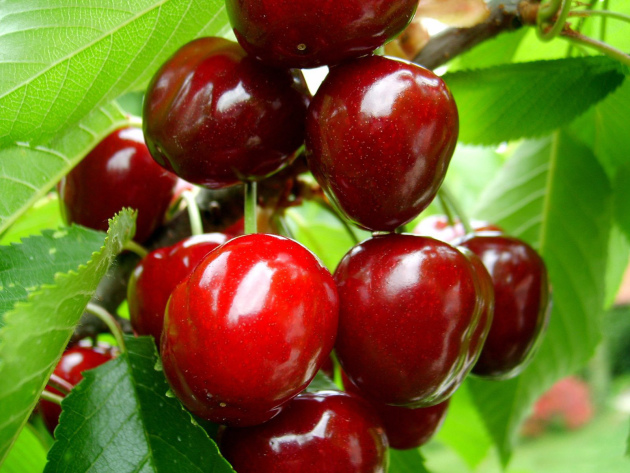
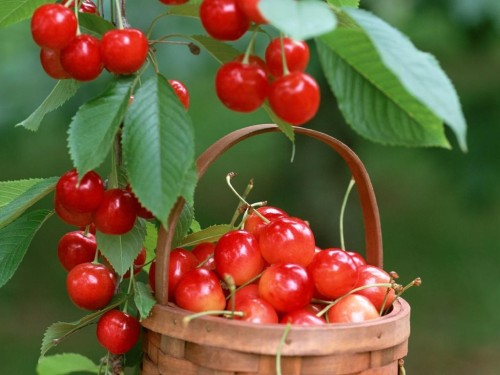
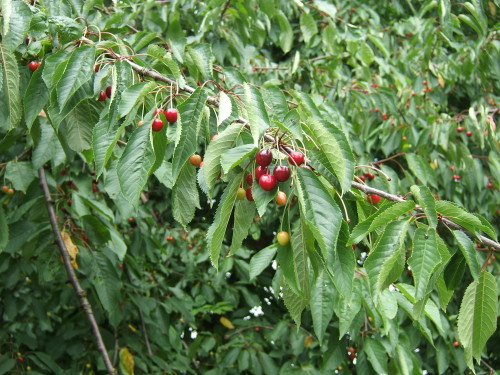
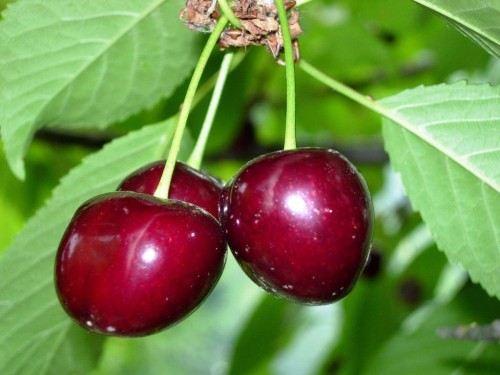

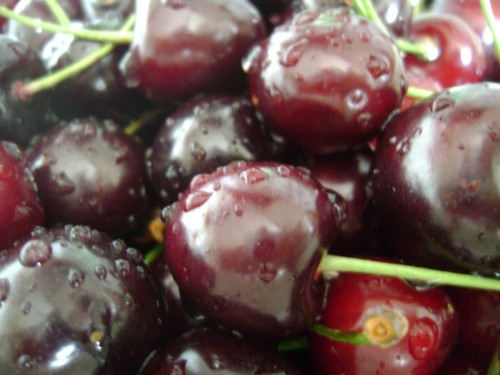
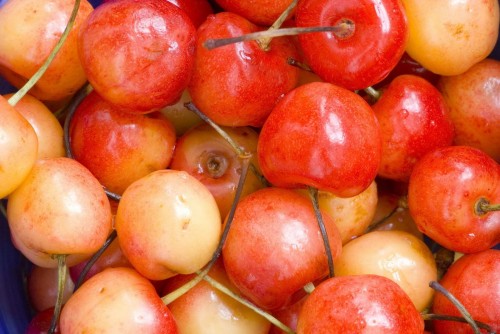
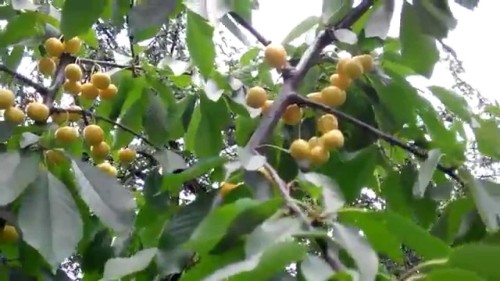
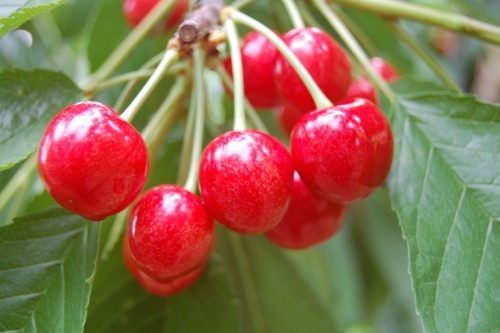
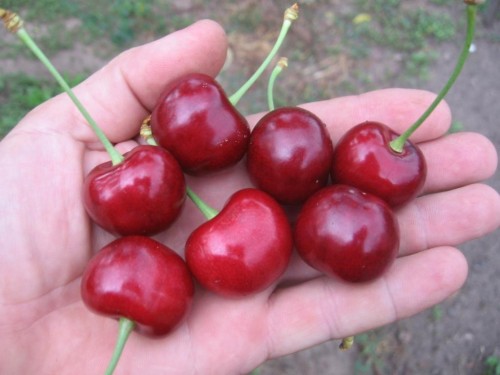
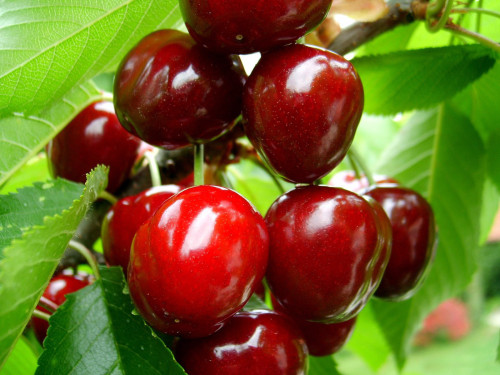












 Start a discussion ...
Start a discussion ...